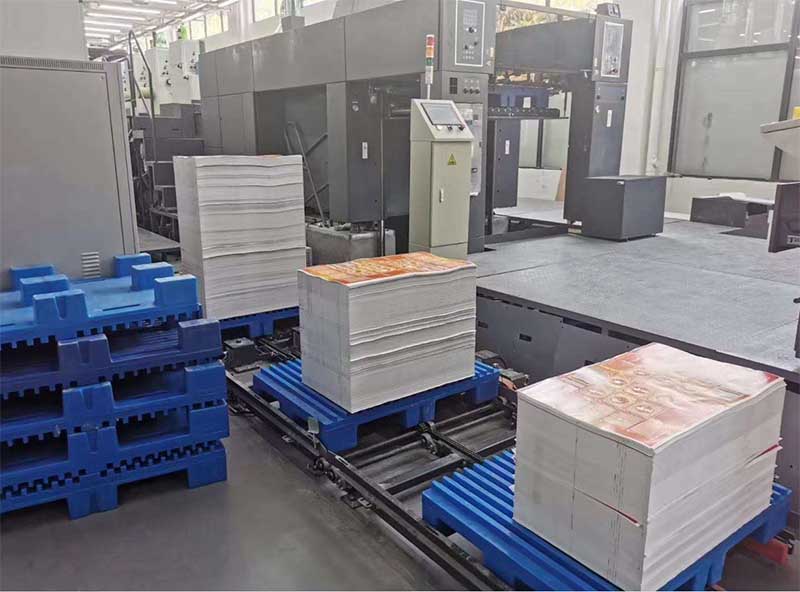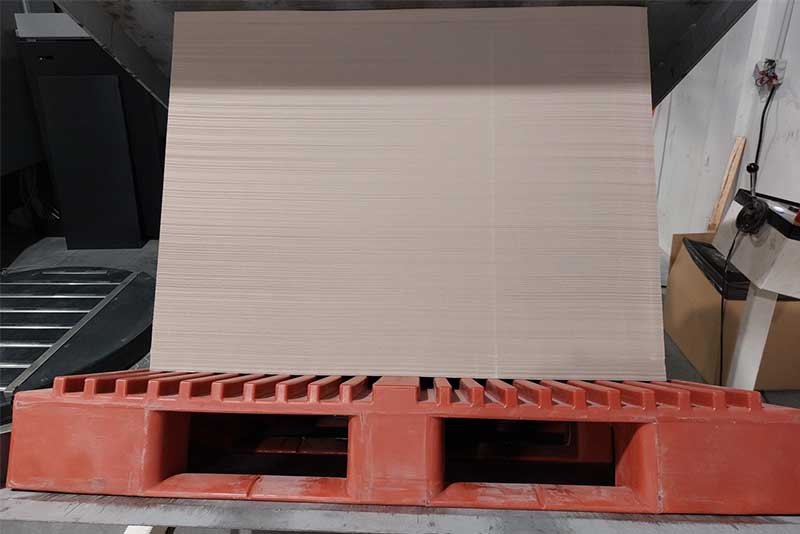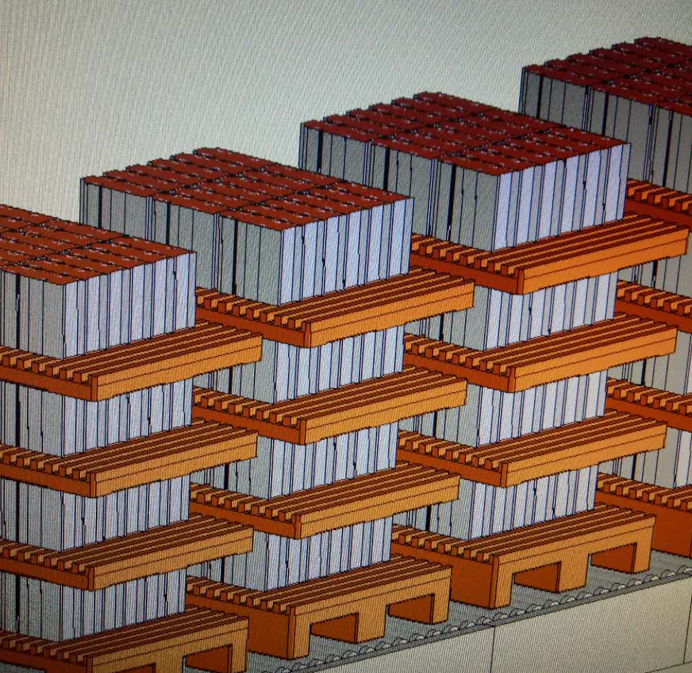Printing industry is in a period of profound transformation, Printer pallet is posing new challenges for leaders at every stage of the value chain. The traditional printing sector is in sharp decline and new business opportunities in packing pallet are emerging, but often require strategic restructuring of business and equipment assets.
This is happening at a time when the Printer pallets of the typical print plant are also changing, with older veteran employees being replaced by inexperienced but digitally native operators. How this ecosystem will develop in the next five years is precisely the time when the demand for printing pallets in the paper, printing and packaging industry will grow.
Demand for traditional printed books, newspapers, magazines and the like was generally declining on wooden pallets, a decline that accelerated when the pandemic led to blockades that promoted more online content.
Demand for traditional printed books, newspapers, magazines and the like was generally declining on wooden pallets, a decline that accelerated when the pandemic led to blockades that promoted more online content.
For print business owners, the impetus now is not to expect the return of a vanished market, but to identify and secure market opportunities in the new post-pandemic economy. At the same time, the graphics sector (advertising, commercial printing, photo albums, direct mail/trade printing and anti-counterfeiting printing) will continue to improve efficiency and improve the way pallets are packaged.
In the field of packaging pallet, printer pallets are particularly important for printing companies. This is a market segment that is willing to pay more for fast turnaround and greater flexibility in print ordering. The demand for printed e-commerce packaging is booming.
For commercial printing, some companies have used the COVID-19 pandemic to rationalize their operations, including the introduction of nonstop printing pallets. If discrete businesses can connect with these new customers and provide responsive, high-touch services, it creates opportunities for them.
The use of printer pallet can reduce waste of printing media, reduce volatile organic compound emissions, use more environmentally friendly inks, and optimize recyclability by switching from plastic to paper substrates. The focus on sustainability will support the reshoring of some printing jobs, but it also puts the onus on print business owners to articulate their environmental performance. Superior sustainability performance is becoming more common in equipment literature, but customers need to be explained how this translates to their lower carbon footprint when using plastic pallet packing.
The Internet and platform economic model make it easier to find new customers, but the same is true if existing customers want new printer pallet partners. Higher levels of customer service and engagement can help mitigate this threat.
Post time: Sep-08-2023



